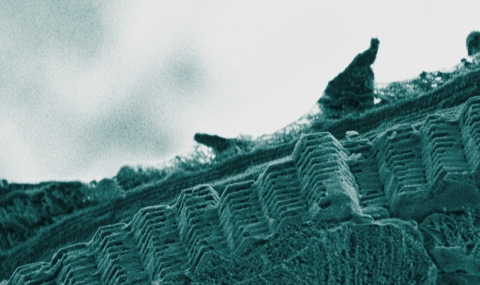Antibody-Crystal interactions
Crystals are involved in many pathological conditions: some types of arthritis, osteoporosis, atherosclerosis and kidney stones are common examples. The organism, exposed to the crystals, reacts with its defense system, the immune system, producing specific antibodies. Antibodies that interact specifically with surfaces such as those of cholesterol crystals were produced, selected and investigated. These same antibodies recognize cholesterol in organized domains also under the form monolayers at the air-water interface and in cell membranes. Molecular recognition is based on complementarity between the antibody binding site and defined crystal surface features. Understanding the rules of these interactions is of fundamental, as well as potentially applicative interest.

Crystallization in and from cell membranes- with prof. Leslie Leiserowitz
 |
Cholesterol crystal formation in atherosclerosis
|
|
|
Our research question focuses on how cholesterol crystals form in atherosclerosis. Atherosclerosis is a disease of the arteries the major precursor of cardiovascular diseases, the primary cause of death in western society. Cholesterol accumulation inside the artery wall is a prominent feature of the disease. We suggest that growth of cholesterol crystals is initiated by high cholesterol levels in the cell membrane, resulting in cholesterol separation into secluded domains (labelled in red by a specific antibody which labels cholesterol crystals). These may trigger the formation of large cholesterol crystals. Development of the first correlative STORM/cryo-SXT measurements allowed us to locate 3D crystals on cell plasma membrane (200-400 nm crystals, labelled in red and segmented in yellow), together with a correlative identification of 2D domain distribution. If our hypothesis is proven correct, the mechanism of atherosclerosis initiation will be clearer, giving the opportunity for investigating a way to inhibit the disease. |

Varsano, N., Dadosh, T., Kapishnikov, S., Pereiro, E., Shimoni, E., Jin, X., Kruth, H.S., Leiserowitz, L. and Addadi, L., JACS, (2016) 138(45) .14931


